Getting the Nth fibonacci number when N is 10^19 is not goign to work if you do it the naive way (at least i would guess it won't work).
There's a much better way to do it. And this technique works with lots of series' like this. It's called the Fibonacci Q Matrix.

Where

Think of it like this:
You have some matrix which transforms vector A into B:

Filling in those entries is easy. The special part is that this is now a matrix operator, and so if we want the 1000th Fibonacci number, we just need to do matrix multiplication.
You could do this with a loop, but it's going to take you quite a while to get all the way up to 10^19, and doing 10^19 matrix multiplications (even when they're small) is going to take a fair while too.
Instead, we take another shortcut. x^N can be rewritten as the product of power where they sum to N, i.e.
x**100 == x**90 * x**10
So the aim is to get large numbers in the indices without doing lots of calculations:
x**2 is just as difficult as x*x - they take the same amount of time. But x*x*x*x gives the same answer as (x**2)**2 while requiring an extra multiplication. The gains get more as you go to higher powers. So if you break down the exponent into powers of 2 (any power works, but this is the simplest case),
X**100 == X**64 * X**32 * X**4
i.e.
X**100 == (((((X**2)**2)**2)**2)**2)**2 + ...
So what you do, is work out the powers of two of the total power you want to reach, and then take the product of those powers of two of the Q matrix.
This seems to work for me:
fib_matrix = [[1,1],
[1,0]]
def matrix_square(A, mod):
return mat_mult(A,A,mod)
def mat_mult(A,B, mod):
if mod is not None:
return [[(A[0][0]*B[0][0] + A[0][1]*B[1][0])%mod, (A[0][0]*B[0][1] + A[0][1]*B[1][1])%mod],
[(A[1][0]*B[0][0] + A[1][1]*B[1][0])%mod, (A[1][0]*B[0][1] + A[1][1]*B[1][1])%mod]]
def matrix_pow(M, power, mod):
#Special definition for power=0:
if power <= 0:
return M
powers = list(reversed([True if i=="1" else False for i in bin(power)[2:]])) #Order is 1,2,4,8,16,...
matrices = [None for _ in powers]
matrices[0] = M
for i in range(1,len(powers)):
matrices[i] = matrix_square(matrices[i-1], mod)
result = None
for matrix, power in zip(matrices, powers):
if power:
if result is None:
result = matrix
else:
result = mat_mult(result, matrix, mod)
return result
print matrix_pow(fib_matrix, 10**19, 1000000007)[0][1]
And then, you can take it a step even further - it's just a 2x2 matrix, so we can diagonalise it, and then get the formula for the nth fibonacci number, just as a function of n - with no recursion. Like this:
As above, we compute the matrix that takes us from one step to the next:

And then the relationship to get from one set of numbers to the next:

where we can chain these matrix multiplications:

Where there's nothing to stop us going back all the way to the first fibonacci numbers:

now the game becomes "how do we raise that matrix to the power n" - which is exactly what's done in the code above. But there is a better way than the solution i pose above. We can decompose the Q-matrix into eigen values and vectors, a write it like so:

Where U is a unitary matricies that contain the eigen values of Q, and Λ is the matrix of corersponding eigenvalues. These eigenvalues and vecors are:


And then you use one of the standard advantages of this style of decomposition, where when you raise it to a power, the adjacent U matrix and it's inverse combine to give the unitary matrix, leaving you with a single U and it's inverse at the ends, with a chain of diagonal matrices in the middle, where raising these to a power is trivial:



So now we have all we need to write the nth Fibonacci number in terms of just a single formula, no recursion. I'll complete it tomorrow/some time later this week though...











